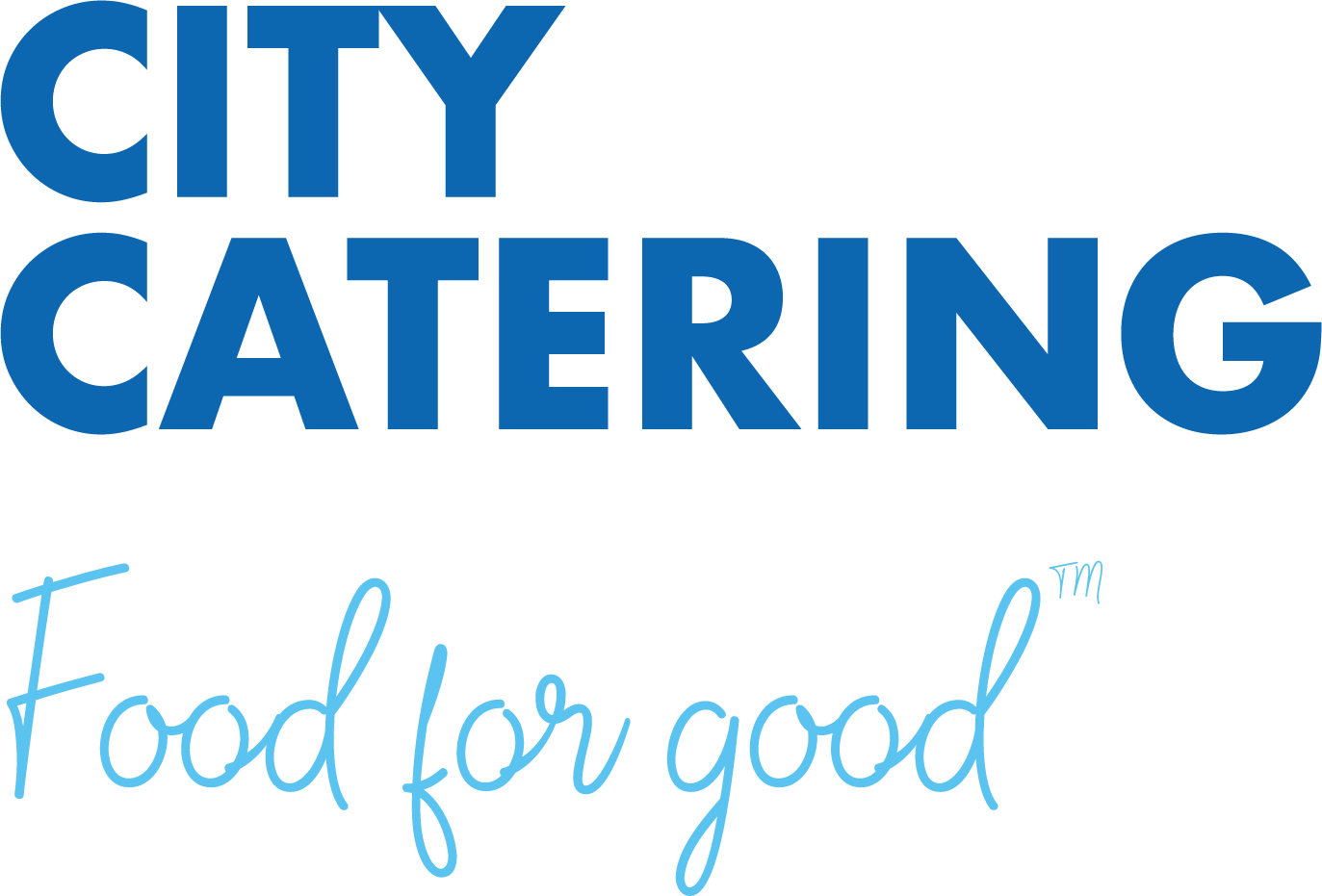Top Vegetarian Sources of Iron
Iron is required by the body to promote healthy blood, muscles, and energy levels. It produces haemoglobin in red blood cells, which carries oxygen around the body, and maintains the muscle protein myoglobin. Iron is often sourced in animal foods such as meat, fish, and poultry, leading to the common misconception that the vegetarian diet will provide a lack of iron. However, maintaining healthy iron levels is equally as important to a vegetarian diet, with iron being present in a wide variety of vegetarian foods.
In foods, iron is present in two forms:
Heme, which is found in meats that contain the protein haemoglobin. This protein is responsible for distributing oxygen around the body.
Non-Heme, which primarily comes from plant sources (grains and vegetables).
However, it is the non-heme foods which are said to make up the majority of our iron intake, providing equal access to this essential nutrient for both vegetarians and meat eaters.
Vegetarian sources of dietary iron include:
Eggs
Red kidney beans, haricot, pinto, and black-eye beans (boiled or canned)
Dahl, lentils, and chick-peas (boiled or canned)
Baked beans and peas
Nuts and peanut butter
Breakfast cereals and cereal bars with added iron (check the label to confirm)
Baby foods with added iron (check the label to confirm)
Dried fruit (such as apricot, figs, prunes, raisins, and sultanas)
Bread, chapatti, pitta bread made with wholemeal flour
Cauliflower, spring greens, broccoli, and canned mixed vegetables
Tofu
Creamed coconut
On top of this, vitamin C has also been proven to help the body absorb iron from foods. This can be found in a variety of vegetarian friendly foods, including:
Fruit, especially citrus (such as oranges and grapefruit)
Fruit juices (such as tomato, orange, apple, and pineapple)
Potatoes
Vegetables (especially peas, tomato, broccoli, pepper, cabbage, Brussel sprouts, and cauliflower)
HOWEVER, vitamin C can be lost by overcooking, so boil vegetables quickly with a small amount of water, or steam them.
Eating a variety of these foods should ensure you reach your daily recommended iron intake, even with a vegetarian diet.
